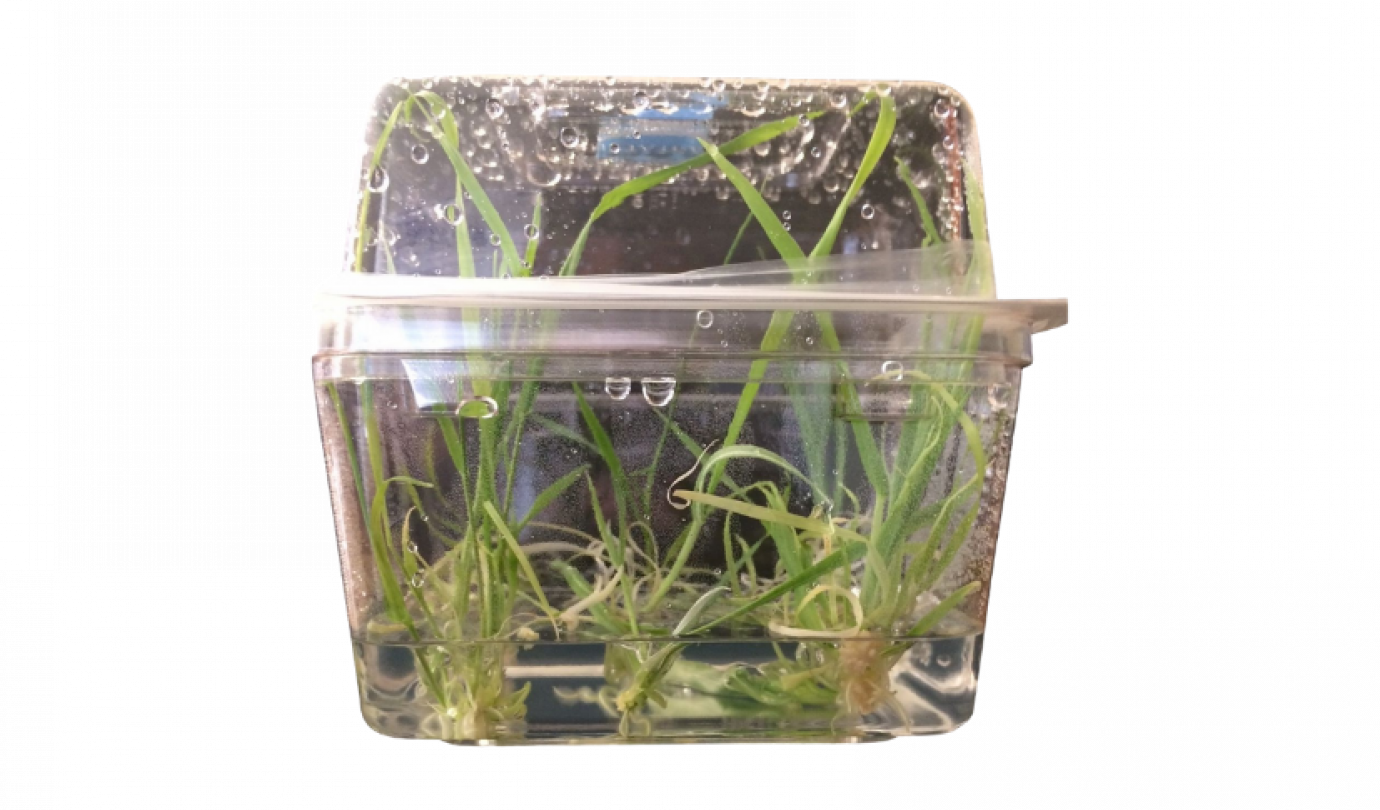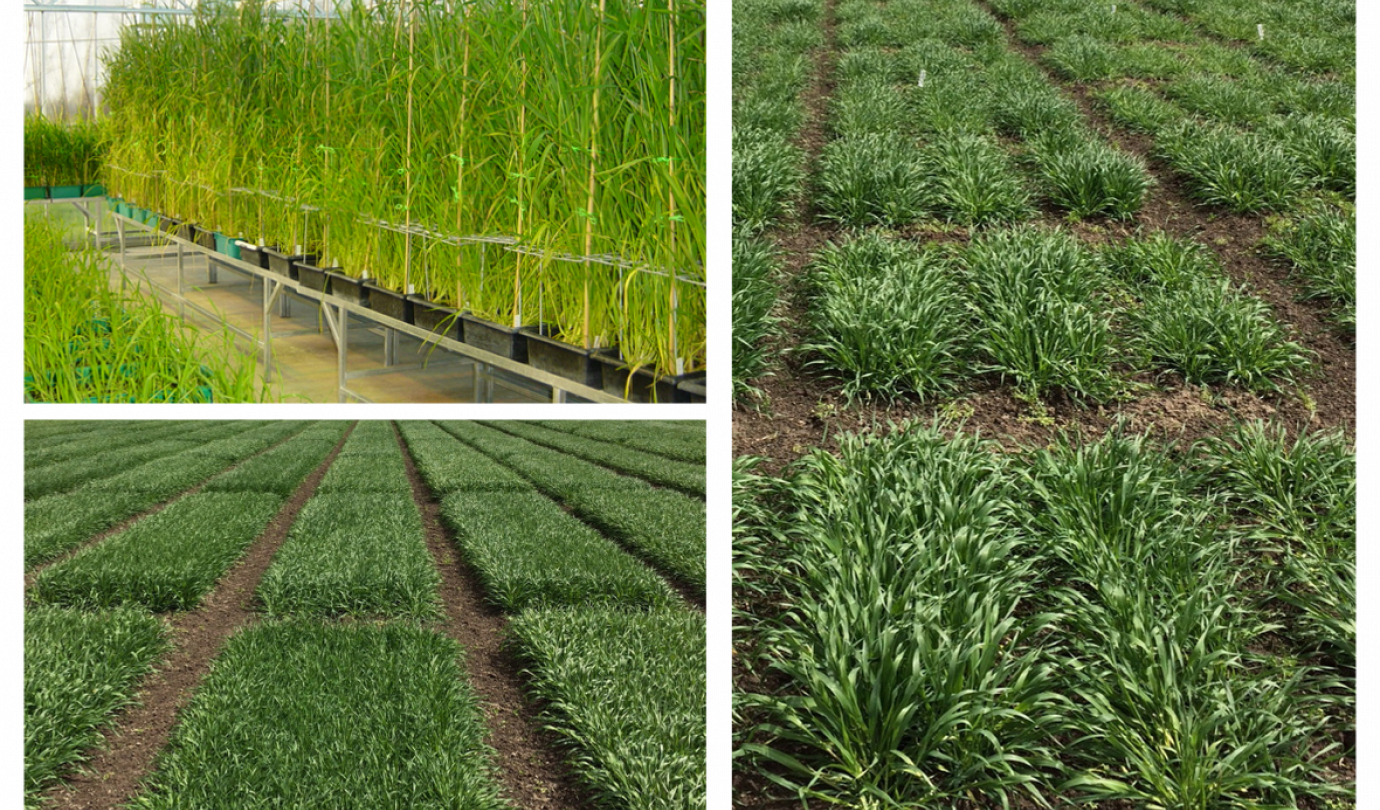Breeding program | It all begins in Irwell, New-Zealand
Country
There are trial programs in four target centers, the main focus is on: North America (Montana, North Dakota and three sites in Canada), Australia (South Australia and Victoria) & New Zealand, where there are extensive trial programs. The European trial program is on a smaller scale.
During the growing season, notes & scores are made on the new Double haploids. They are monitored for diseases, yield potential, straw strength (lodging) and earliness. The growing season in Australia is usually short and often ends with hot & dry conditions; an early maturing variety is therefore best suited. In North America we are targeting new varieties for drier, unirrigated growing areas; breeding lines selected for these conditions need to be early and have good straw strength.
Around 30% of these first-generation breeding lines will be selected for harvest. They are harvested by hand, threshed and a second selection is made on grain plumpness. It is now time for the selected breeding lines to be sent to their target center and further testing and selection will be done there.

However there is one more, & very important, selection criteria to be applied: malting quality! While the new breeding line is going through its first growing season in the target area, remaining seed is micro malted in Irwell and the more than 2,000 samples are analyzed in the laboratory in Marton. Selection for the following year is therefore done using both agronomic and malting quality results.
As a successful breeding line progressed through the trial program the number of trial sites and replications increases. This ensures that it is exposed to different growing conditions; often growing seasons can be very different even at the same site – temperature, diseases, rain, soil conditions etc. From year two malting quality testing is done in the target area.
